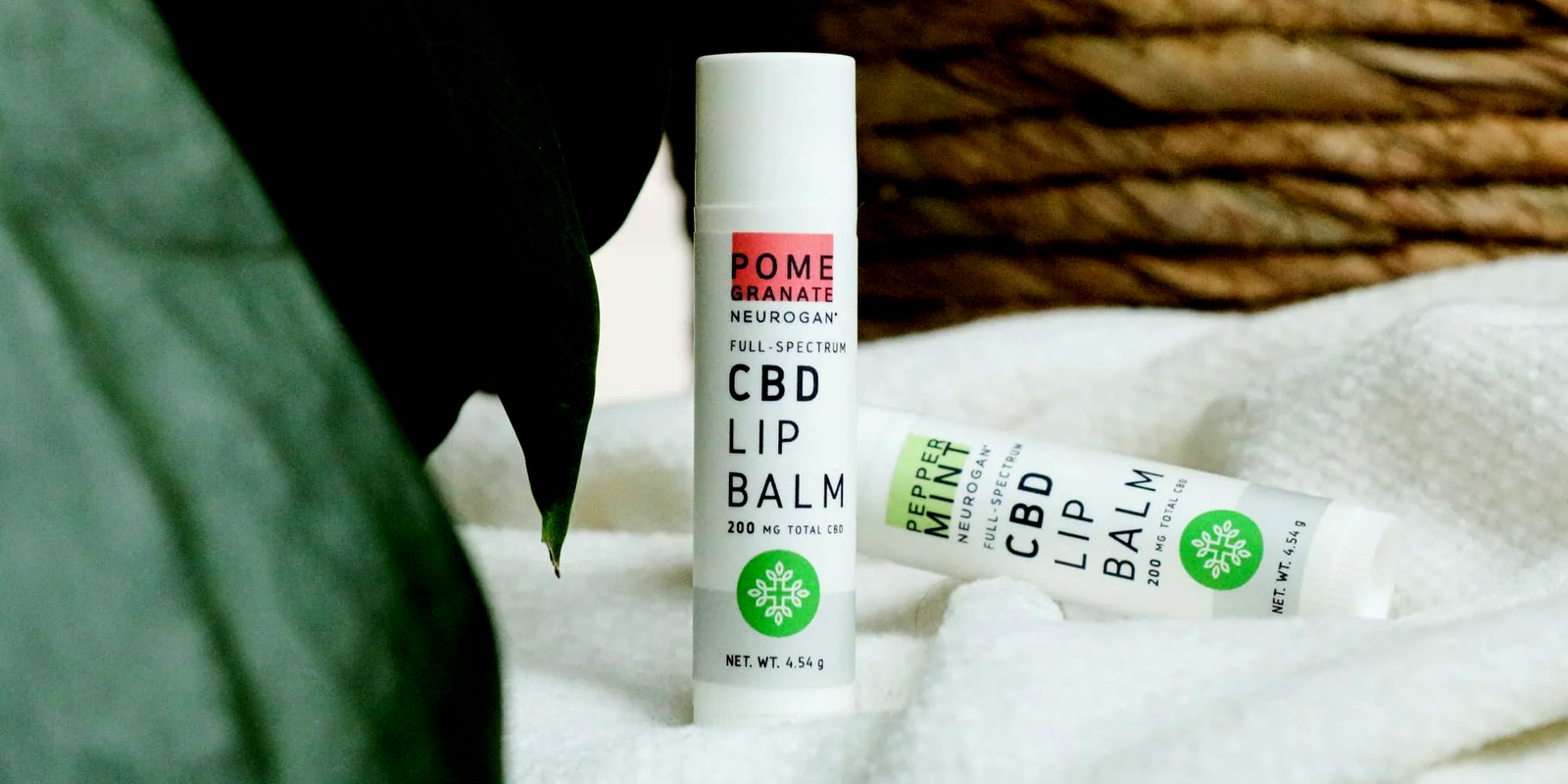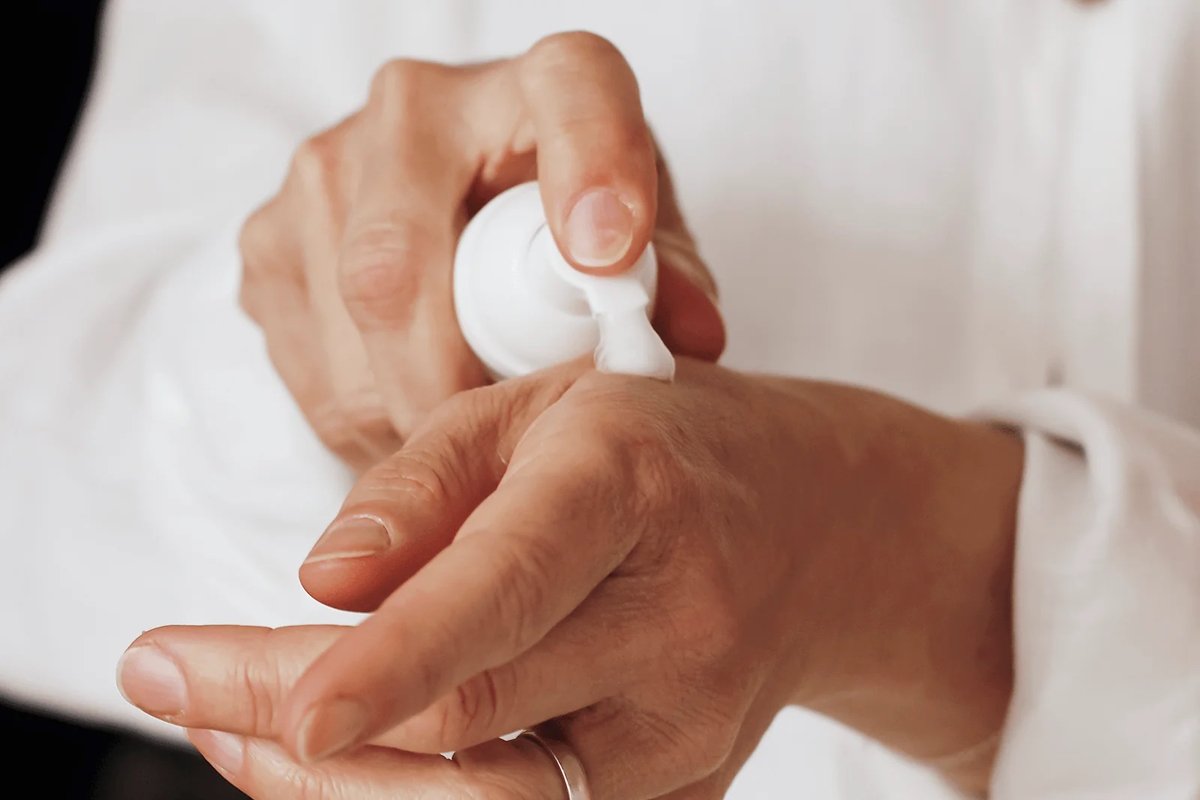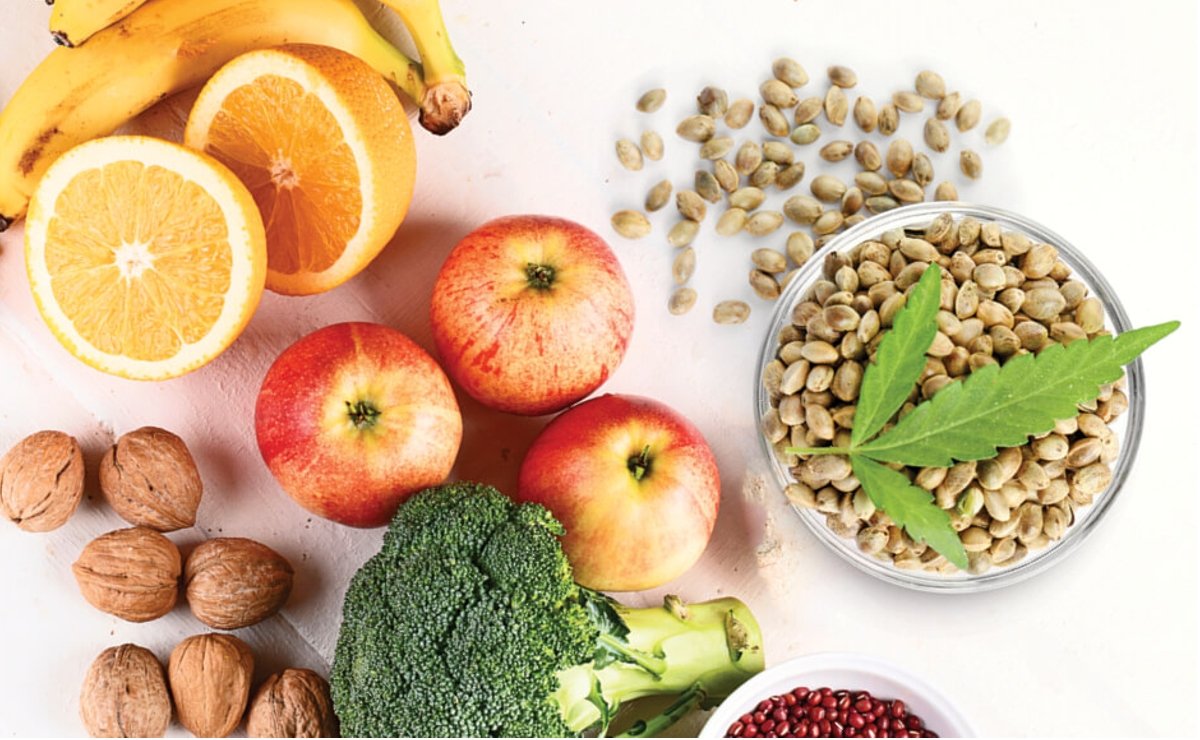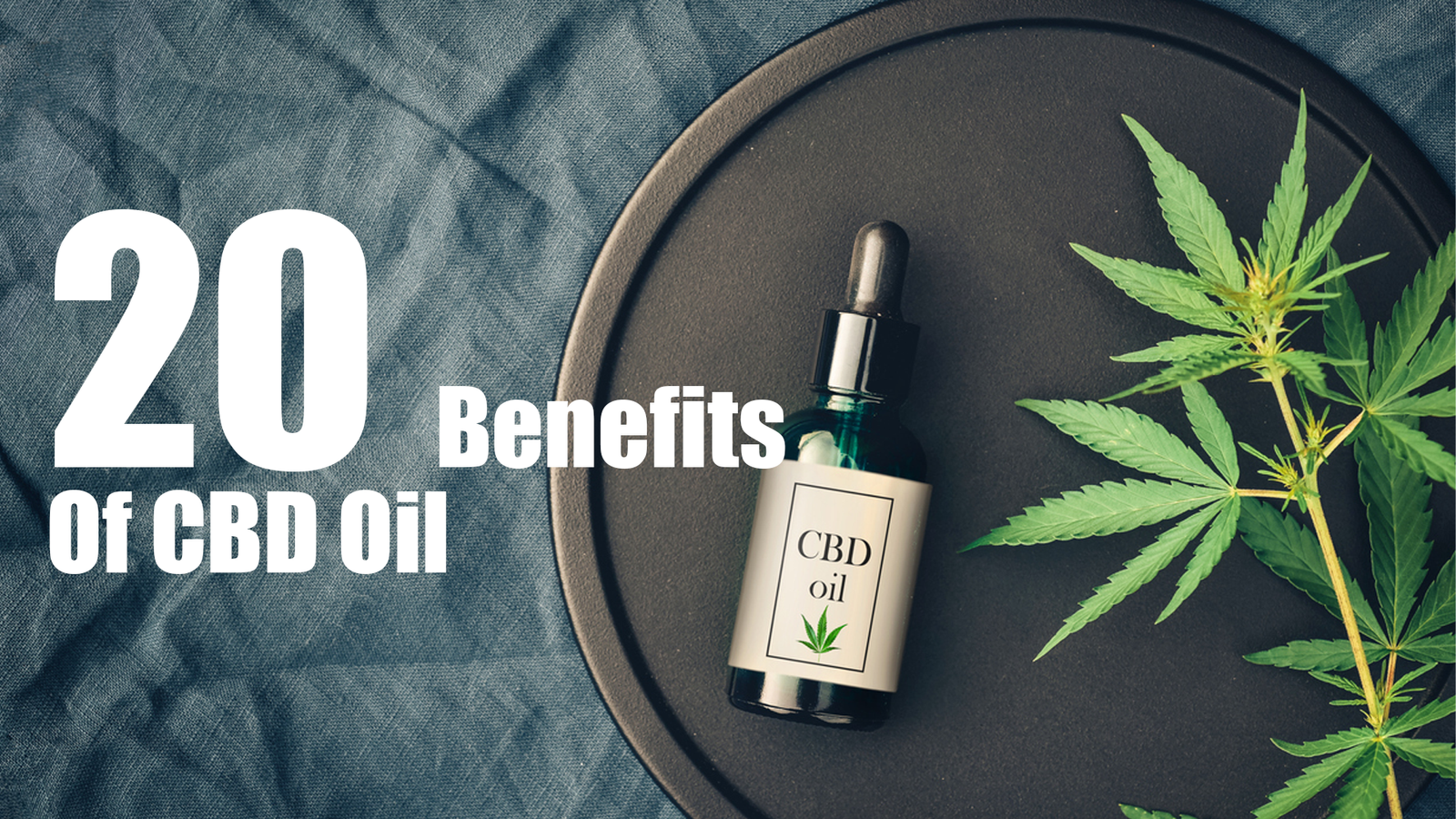A Comprehensive Look at CBD for Muscle Recovery

We now know that good recuperation from hard exercise CBD for Muscle Recovery delivers better results. People of a certain age, however, may recall a time when workout programs were less complex.
Fitness is now a science, and workout enthusiasts are always looking for the latest regimens, methods, and supplements to enhance progress. Is there, however, a link between CBD and muscle recovery?
Early research suggests that taking CBD after a workout may help the body recuperate, realign, and eventually develop muscle. Unfortunately, scientists and physicians have yet to reach an agreement on the use of CBD for athletic recuperation. Years of investigation are still required.
While academics continue to investigate, a number of active and former elite athletes have endorsed CBD oil for post-workout recovery. Some people utilize CBD-infused topical pain medications, while others use a CBD oil tincture designed specifically for sleep.
But what precisely is CBD for Muscle Recovery, what happens to your body when you exercise, and what are scientists researching on the usage of CBD for muscle recovery?
Explore the Contents
CBD: The Quick and Easy Way
CBD for Muscle Recovery also known as cannabidiol is one of over 100 chemicals present in cannabis plants that can interact with particular cellular receptors in the body. The endocannabinoid system (ECS) is made up of these receptors and helps the body maintain homeostasis or balance. CBD is found in the highest concentrations in hemp, a non-intoxicating strain of cannabis.
Hemp in the United States must contain no more than 0.3 percent THC. THC is the chemical that gives marijuana smokers the “high” they crave. When a plant contains more THC than that limit, it is classified as illicit marijuana.
As a result, the great majority of CBD for Muscle Recovery products available in the United States are derived from hemp extracts and are not psychoactive.
CBD oil tinctures, pills, gummies, lotions, gels, and drink mixes are all examples of consumer CBD products. The type of hemp extract used in those products differs as well.
THC is present in trace levels in full-spectrum extracts. THC is not detectable in broad-spectrum or isolated CBD products. Anecdotal evidence from consumers and athletes suggests a wide range of potential benefits.CBD is widely regarded as a general wellness and exercise recovery supplement.
What is known is that medical experts and researchers are very interested in CBD’s potential and have begun to investigate the drug seriously. However, clear clinical trial data may take years to emerge. More information can be found on our What Is CBD page.
Read More: Understanding the Various Types of CBD Products
Through recovery, strenuous exercise builds muscle.
Building muscle tissue through exercise (or muscle hypertrophy for word nerds) begins with tearing it down. Intense resistance exercise, for example, generates muscle fiber stress – essentially microtears in the tissues. Following your workout, your body recognizes that some harm has happened and begins to address the issue.
This marks the start of the recuperation period.
Cell organelles stop performing properly as a result of all the muscle damage. When this happens, adjacent cells begin to heal themselves. Hypertrophy begins with the help of natural growth hormones.
During sleep, a significant amount of exercise recovery occurs. Sleep allows your body and mind to focus on recovery in ways that are simply not feasible when you’re up and doing things like scrolling through endless Netflix options or creating fitness memes to share on Instagram.
Of course, the process of muscle growth is a little more involved than the preceding description suggests. After all, we’re discussing intricate molecular and cellular biology. But you get the point. It’s also worth noting that this doesn’t happen overnight. That is why muscular development takes time.
Now that you realize that muscle increases are the result of muscle fiber breakdown and repair, the old adage “no pain, no gain” probably makes a little more sense. You will experience two forms of muscular discomfort during and after your workouts.
Acute muscular soreness, or AMS, occurs during or immediately following a workout. It’s that tight, tired, and burning sensation in your muscles. AMS normally goes away quickly and shouldn’t interfere with the remainder of your day or your next workout.
DOMS, or delayed onset muscle soreness, will wreck your day – or, more correctly, the day following your workout. And possibly the day after that.
DOMS stinks. It’s excruciating, nearly paralyzing pain that sets in 12 to 24 hours after hard exertion and lasts indefinitely. DOMS does not persist forever, but it can certainly feel like it. And this form of muscle soreness can impact anyone, from novice exercisers to expert athletes ramping up their training schedule.
And, given that many weight training activities fit within this category (bicep curls, anyone? ), it’s easy to see why so many people suffer from DOMS. Some of the most popular reasons fitness enthusiasts seek out CBD oil products for recovery are AMS and DOMS, as well as joint tiredness.
Read More: The Changing World of CBD for Sports
Overview of CBD and Muscle Recovery
It’s vital to remember that preliminary research and medical specialists aren’t ready to declare that early evidence definitively confirms CBD’s benefits. In short, the increasing popularity of CBD-infused muscle rehabilitation products outpaces science.
However, an increasing number of professional sportsmen, from NASCAR driver Jimmy Johnson to UFC fighter Daniel Cormier, have reported success stories involving CBD oil and exercise recuperation.
When it comes to CBD for Muscle recovery solutions, there are two basic options for fitness enthusiasts today: topical and oral.
Topical formulations are available in creams, balms, lotions, and gels. These products frequently contain analgesic compounds such as menthol or histamine dihydrochloride. If you had a hurting knee, you would apply it there.
CBD oil capsules, CBD-infused gummies, and CBD oil tinctures are examples of oral hemp-extract products.
Should You Take CBD Before or After Exercise? Which Is the Best?
As previously stated, sleep is critical to muscle healing and growth. Some sports scientists even refer to sleep as the ultimate performance booster.
So, if you work out first thing in the morning, your evening routine also serves as your pre-workout routine. CBD-infused sleep solutions can help you receive the rest you need to offer your all when the sun rises.
You should also examine how long it takes CBD for Muscle Recovery to start working. Oral products, such as capsules and gummies, take longer to digest. Keeping this in mind, you may want to include CBD in your pre-workout regimen.
It’s also worth noting that joint or muscle soreness can make starting an exercise difficult. Topical pain relievers can also be an important element of your pre-workout regimen.






One Comment